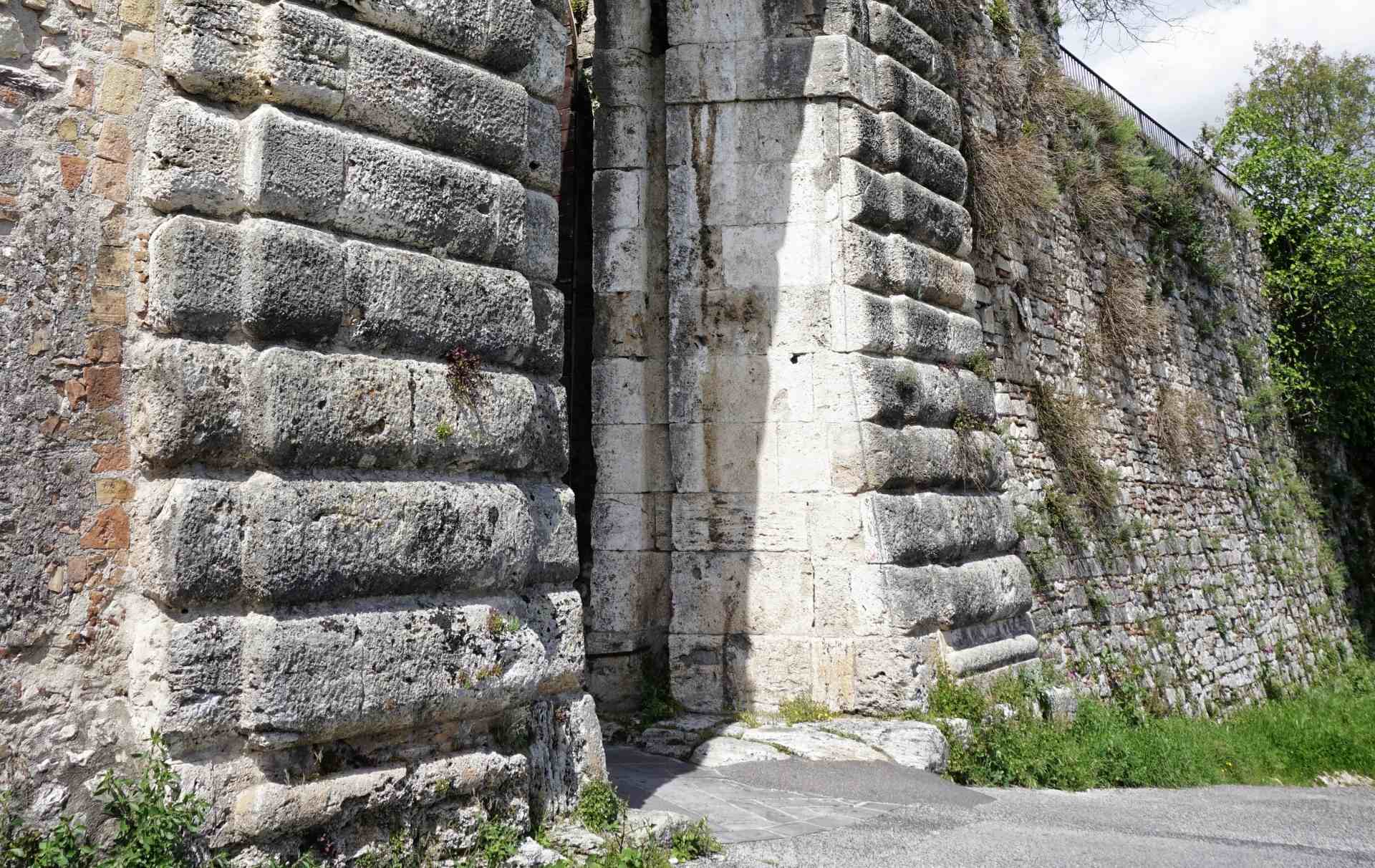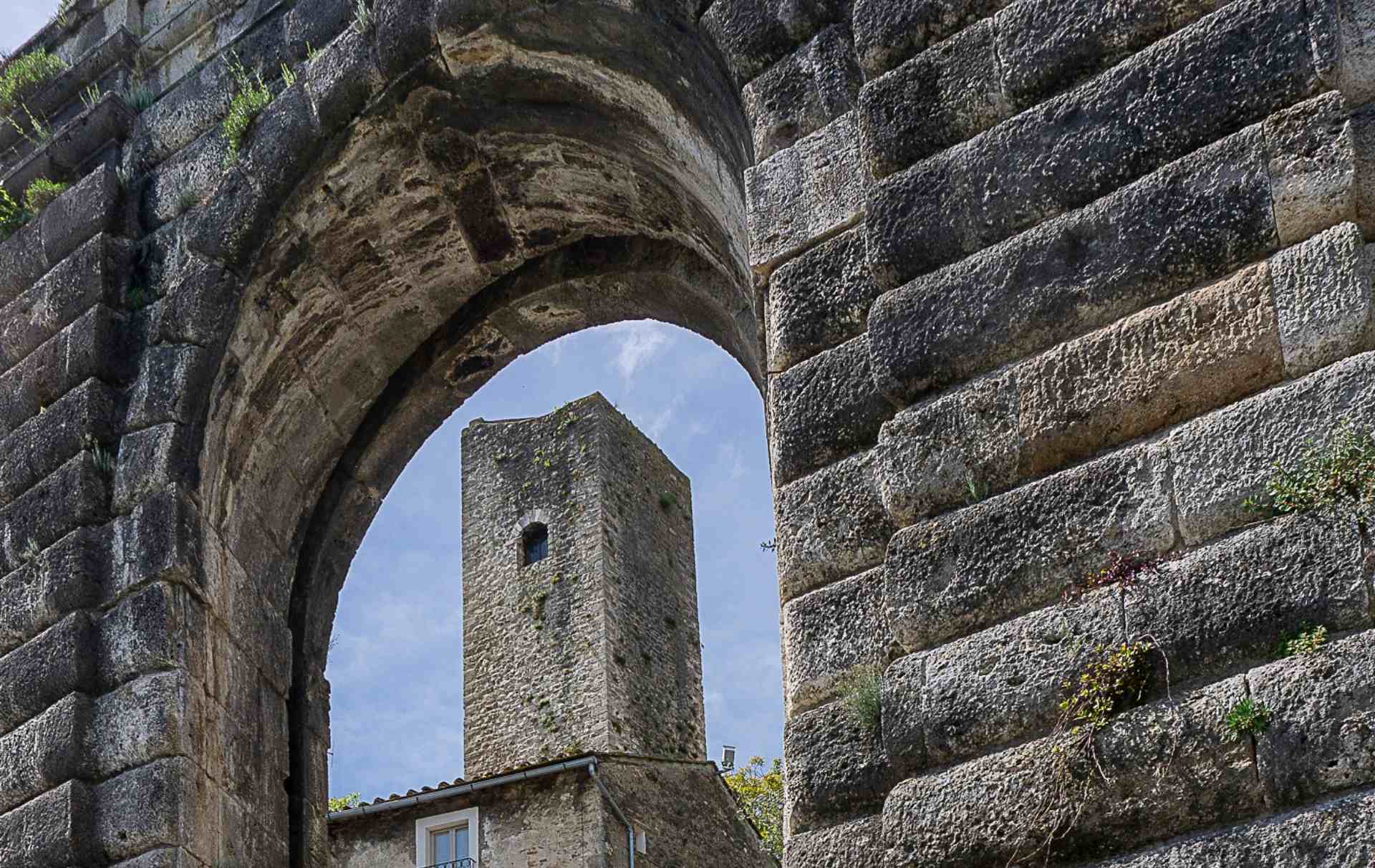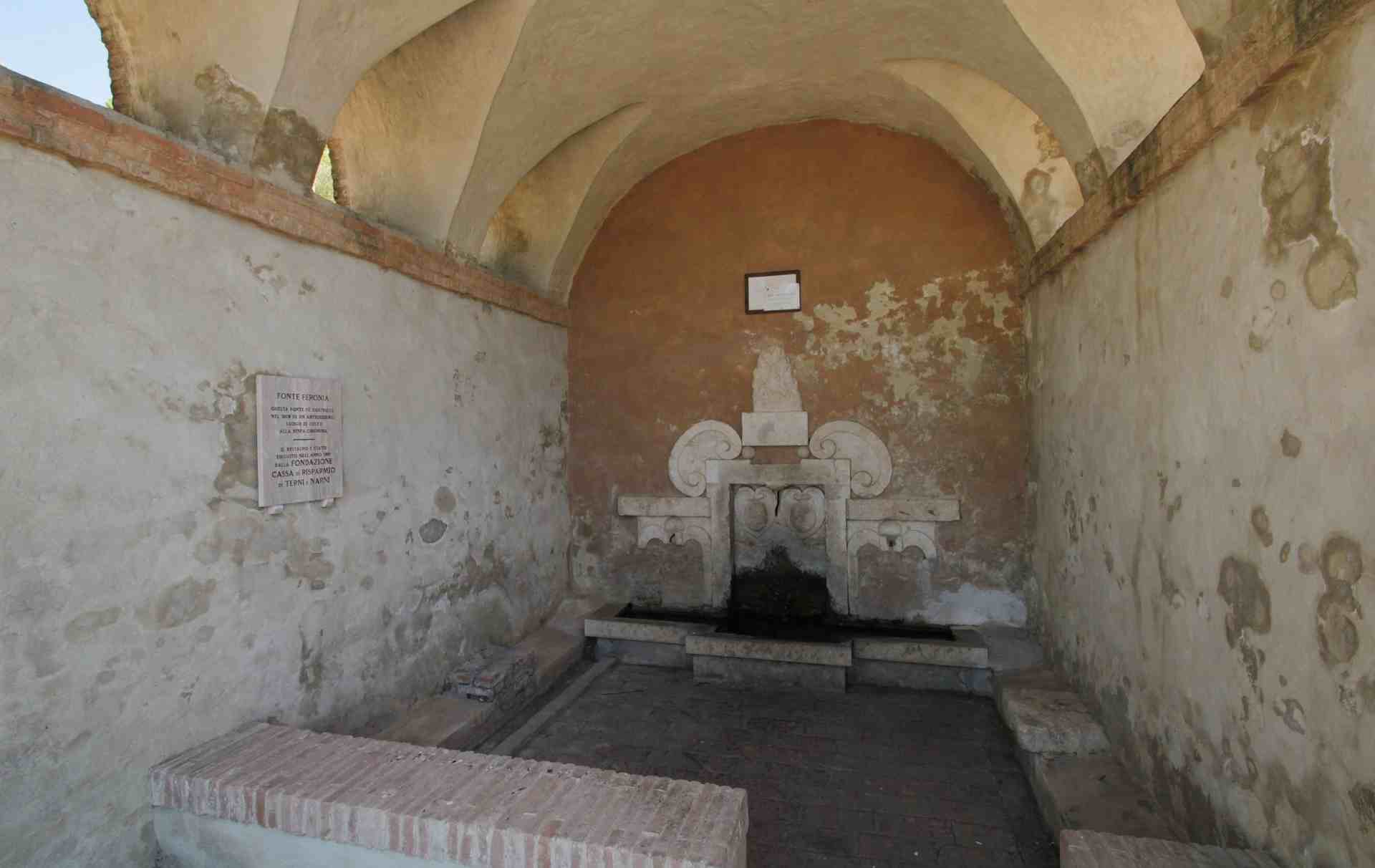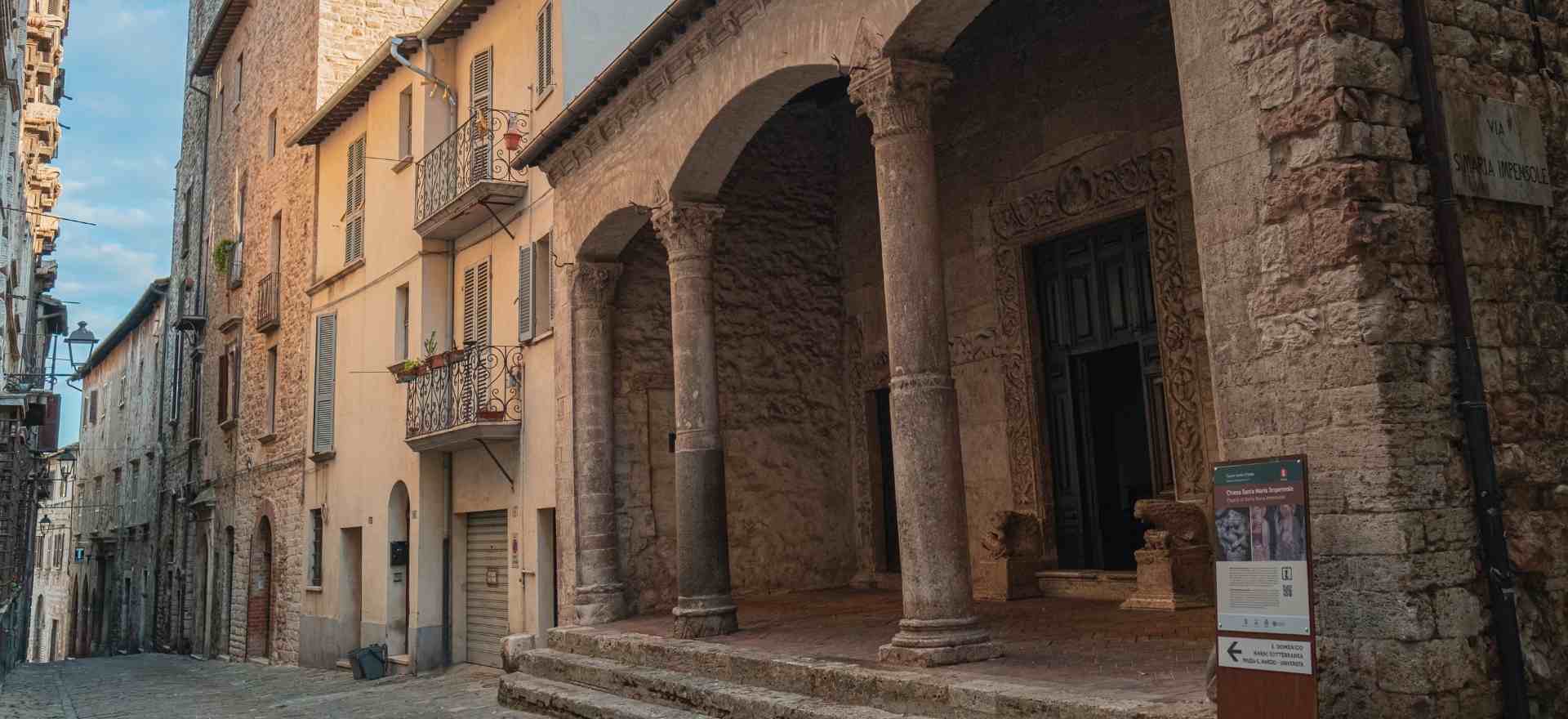The ancient and austere Fiera Gate, in the past called Porta San Vittore from the name of a church near by, there is on the side of the walls of Narni which faced through Augustus Bridge and Narni Scalo, close from what was the House of Erasmo Gattamelata.
The history of one of the most beautiful medieval gate in Umbria.
The foundation of the Fiera’s Gate was made on January 28, 1557 , after the construction of the new walls, after the destruction by Lanzichenecchu in 1527, of the ancient district of Sant’Apollinare that was never rebuilt.
Was built during the years between the papacy of Giulio III and of Paolo IV , who defined it “notable and beautiful fortress, erected for the comfort and decorum of the city and of maximum utility for the Apostolic See”.

Architecture.
The door is made by a slender arch between two pillars made of ashlar to pillow and overlooked by a frame where there was the frontal , now almost entirely collapsed.
In the inner part are still visible the canals along which flowed the door gate, attributed by Eroli to Vignola for the similarity with the Porta Farnese of Viterbo.
In reality, the design of the door should be assigned to the architect Nanni di Baccio Bigio, who also designed the new walls and the direction of the works to Antonio Pilacorte da Carona, who designed Romana Gate.
Nearby are still visible some remains of the Roman walls.
Going down for Via Porta della Fiera, before to arrive in the Tre Ponti location and the Augusto Bridge, you go through Polella Gate, called even “Porta della Fiera di Sotto”.

Fiera Gate
Via Gattamelata, 05035, Narni
To reach the Fiera Gate it is suggested to park the car into the Orti Parking lot.
Discover Narni.
Continue to walk with us discovering what to see inside the walls of Narni.
Or discover the points of interest of Narni and of its territory:

Feronia wellspring
Along the homonymous narrow street which goes up to the Rocca Albornoz of Narni, the Feronia Wellspring, use even today, preserve the memory of a

Piazza Galeotto Marzio
Placed at the end of Via Mazzini and enriched by beautiful palaces which faced it, Piazza Galeotto owes its name to the big humanist from

Church of Santa Maria Impensole
The Church of Santa Maria Impensole rises in the old town of Narni at the entrance of what today is via Mazzini, former via Cajola,


